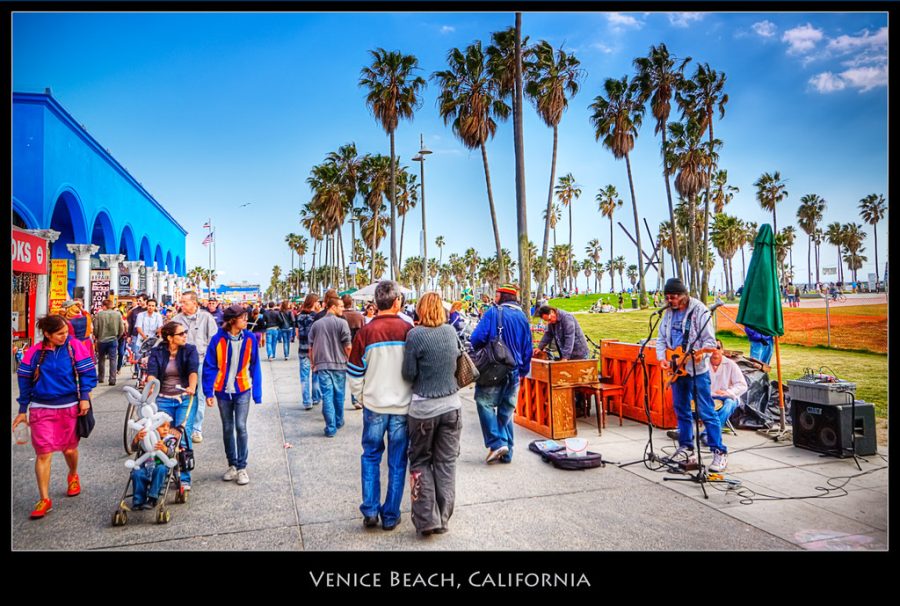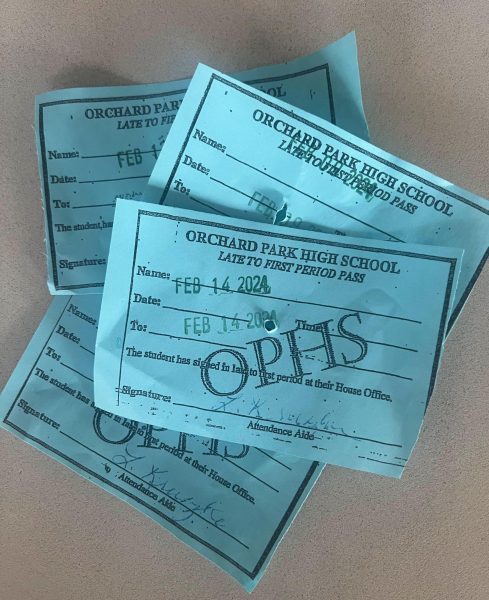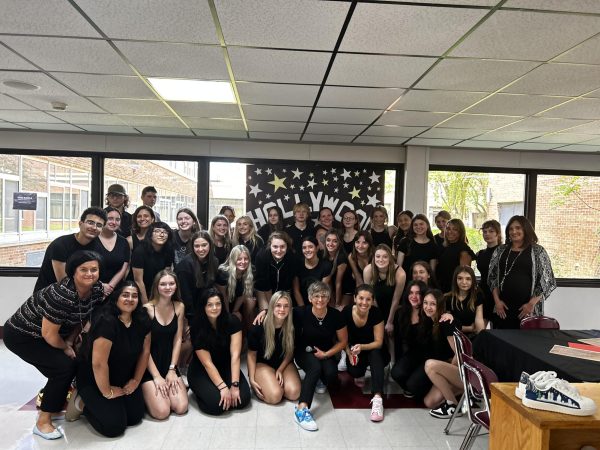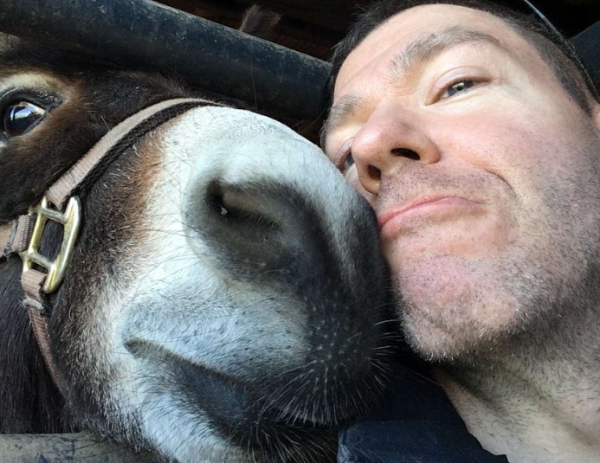What is Venice Beach, Anyway?
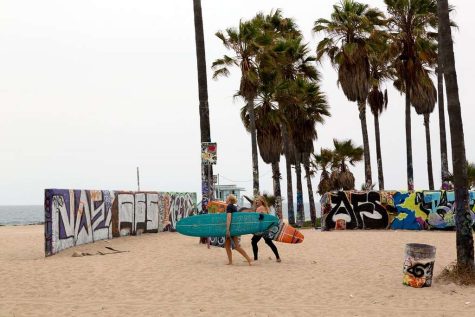
As this year’s fall Homecoming is swiftly approaching, it’s important to remember that its forerunner, school spirit week, is nearly here as well. With many exciting annual traditions, Spirit Week offers the student body and staff an opportunity to show their appreciation for our school and the community it fosters.
This year, along with pajama day, black out day, and other classics, comes an unexpected but highly anticipated theme: Venice Beach Day. This specific day requests that students dress to represent the eccentric and vibrant style that encompasses the Los Angeles neighborhood. However, beneath the bohemian fashion, boardwalk, and boutiques, Venice Beach has a complex and interesting history, one that we should take a deeper look into while preparing for Spirit Week.
Originally a strip of coastal marshland, the “Venice of America” was purchased by Abbot Kinney and officially founded in 1905. With the millions he made in the tobacco industry, Kinney built over a dozen miles of canals, several piers, and Venetian inspired streets, all respectively furnished with gondolas, carnival attractions, and charming businesses. After the sudden death of Kinney and several natural disasters spurring economic concerns of Venice investors, the town was annexed into Los Angeles 21 years after its founding. Unfortunately, Los Angeles decided to mold Venice to match the rest of the city, resulting in the paving over of a majority of the canal system and the demolition of amusement parks. As poverty rates skyrocketed and oil rigs continued to sprout in the once lively town, Venice’s future was not looking promising. However, by the 1970’s things were starting to look up. The Venice Freedom and Peace party, established in 1968, developed a political foundation opposed to racism, war, and poverty, and Venice was beginning to become a center for the arts due to the rising number of galleries and the cost of living. The last of the oil wells were capped in 1991, and the industry was officially eliminated from Venice, allowing it to begin to return to its former glory.
Once known as the “Slum by the Sea,” immigrants from around the globe began migrating to the previously dilapidated and neglected town center, and it quickly became one of the most diverse areas in the nation. However, in the past few decades, revitalization projects and the restoration of the canals have resulted in gentrification, and as property values rose, many residents were forced to move out, an unfortunate reality that continues to occur not only in Los Angeles but throughout.
From tourist trap, turned oil field, to a center of art and diversity, Venice Beach has ultimately developed once again into a travel destination, but this time one which reflects its history through architecture, fashion, and culture. The history of Venice Beach has been quite the rollercoaster, especially for its diverse and ever-changing population demographic, and it is this historical significance that makes it such a wonderfully unique theme for this year’s spirit week.
